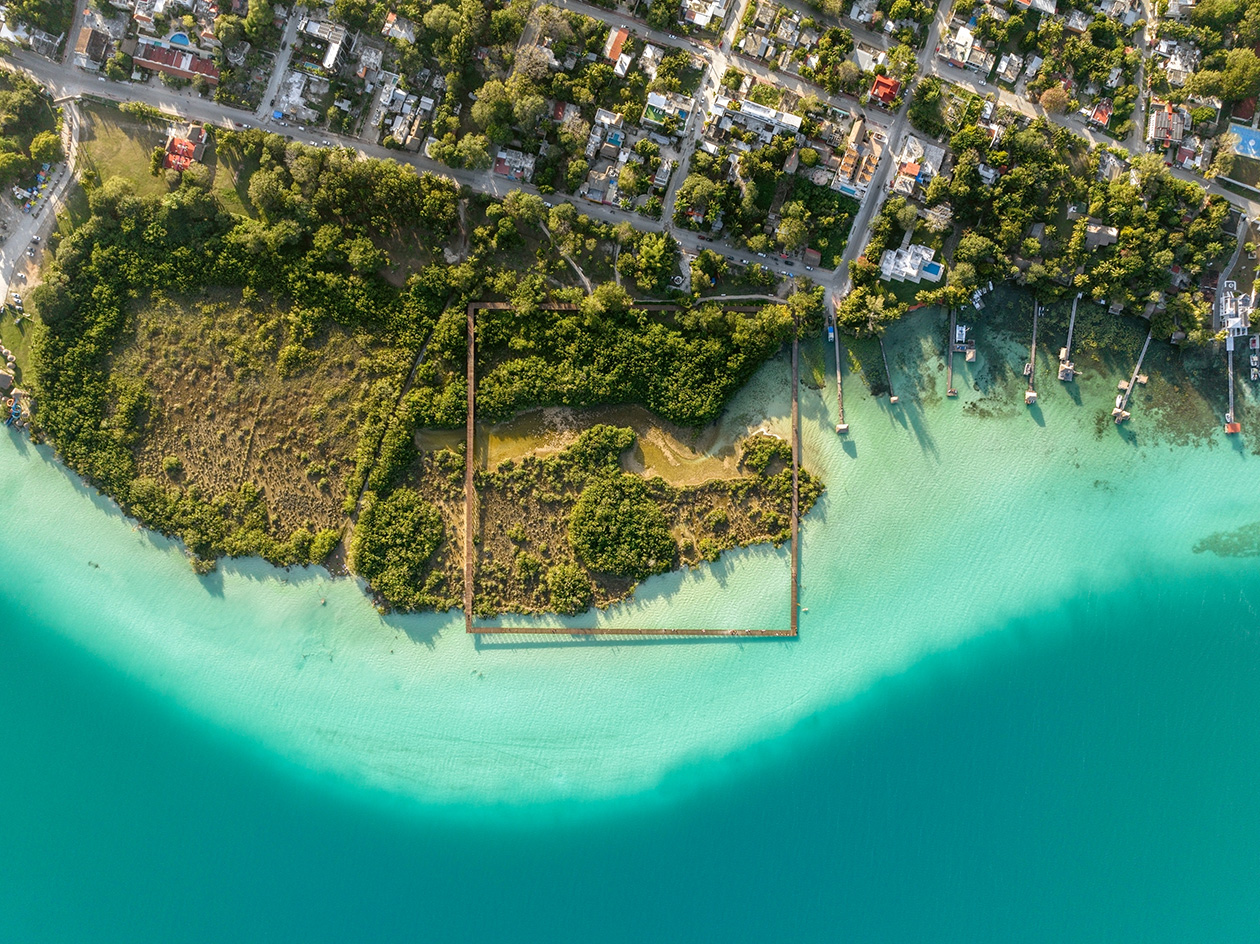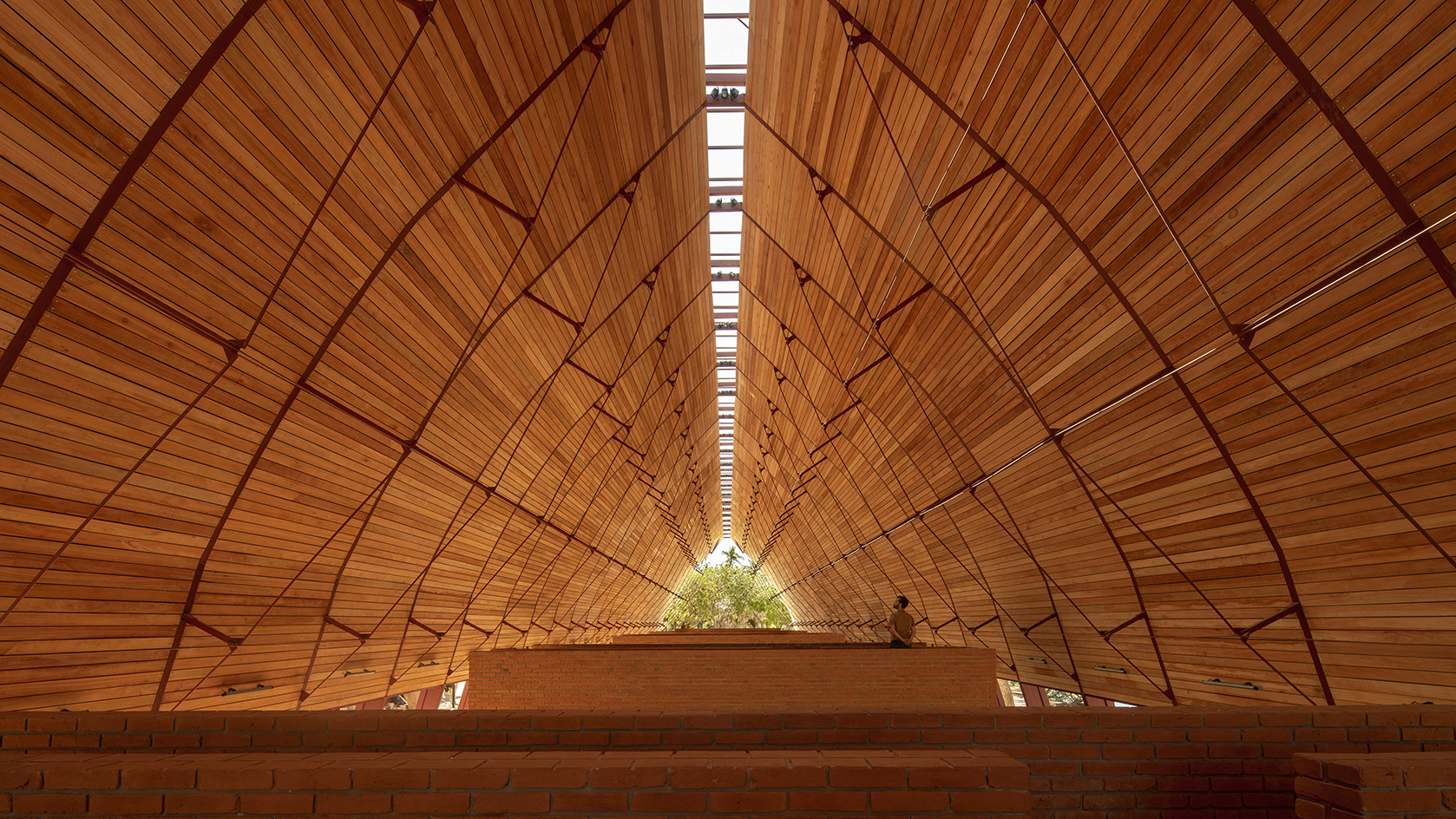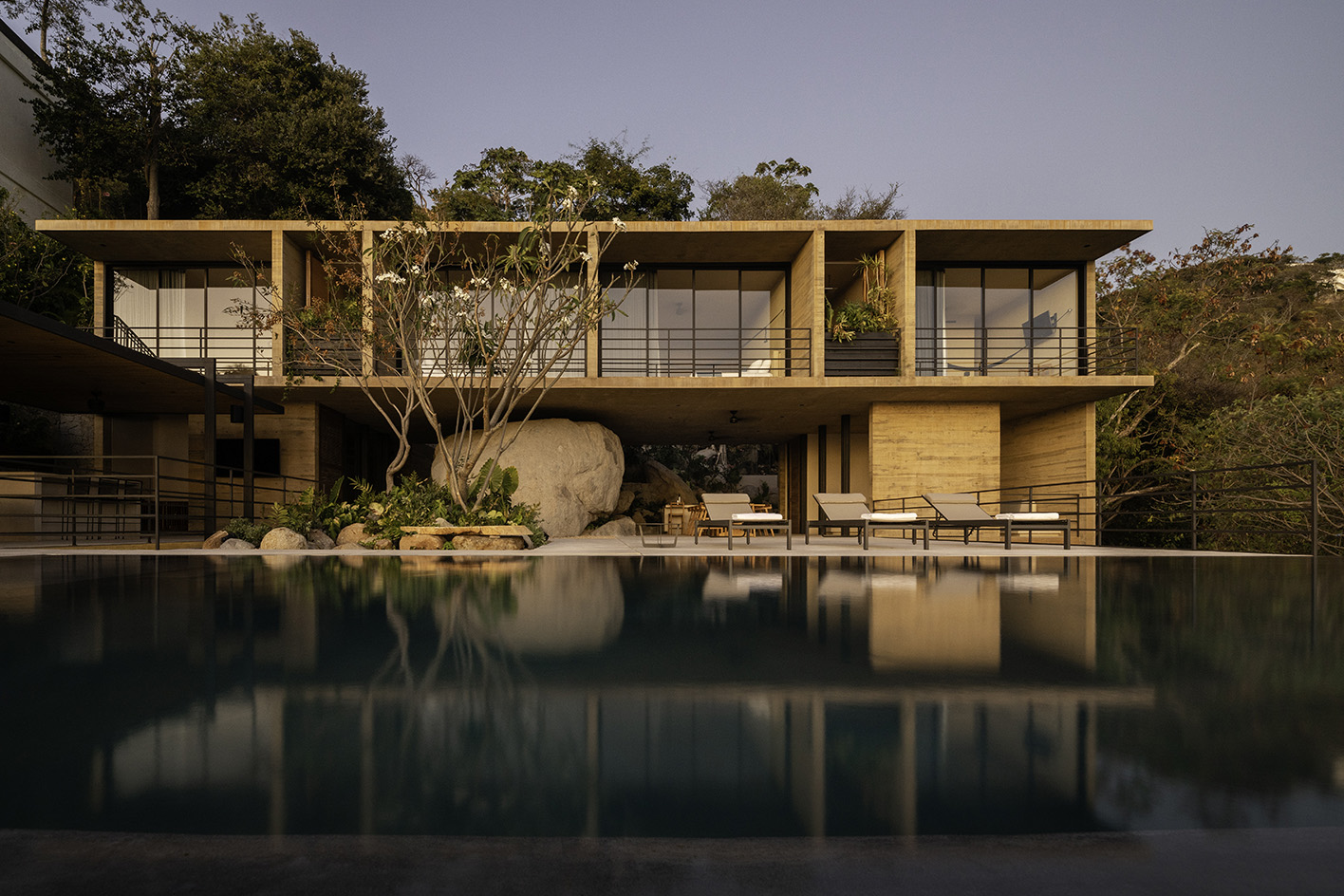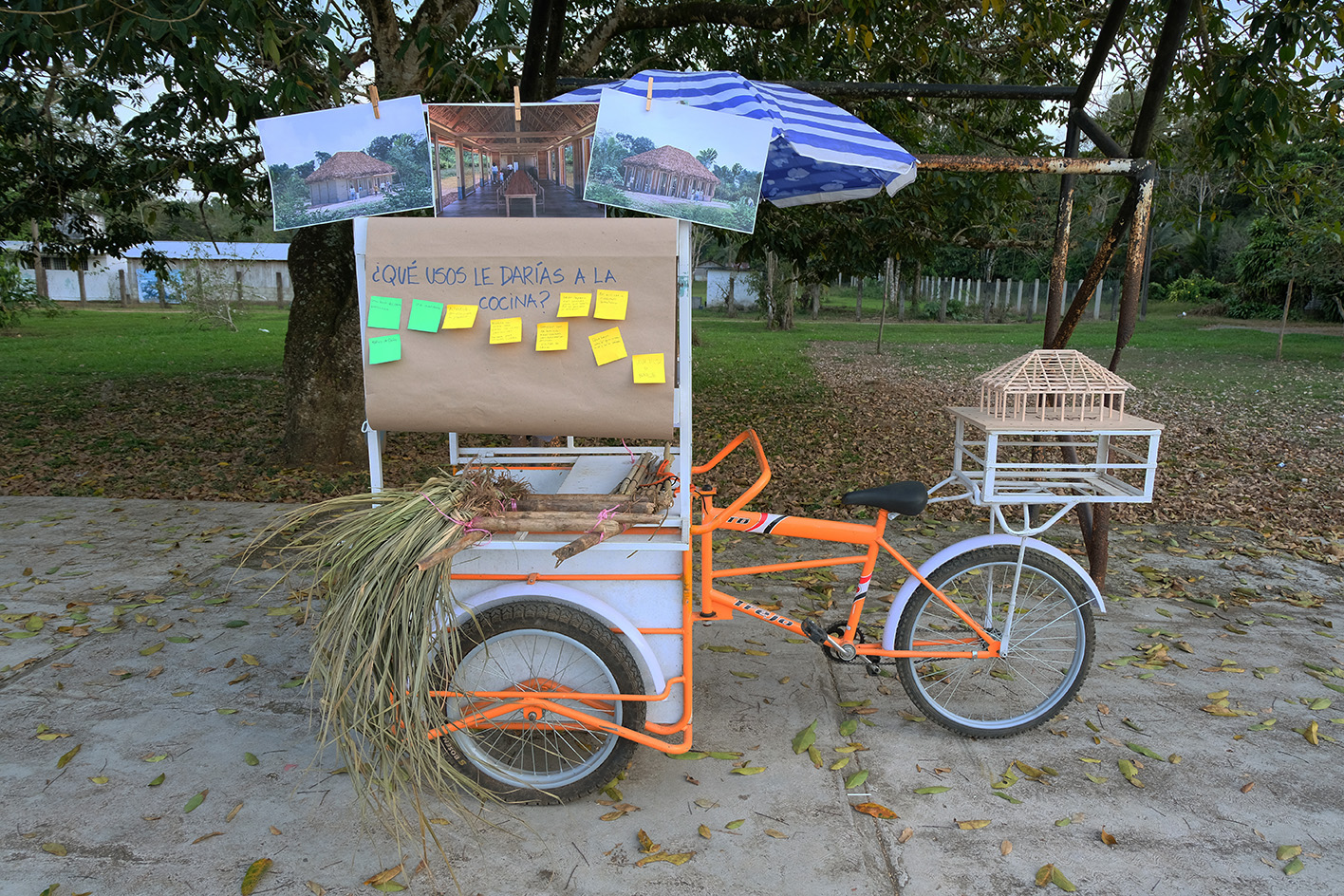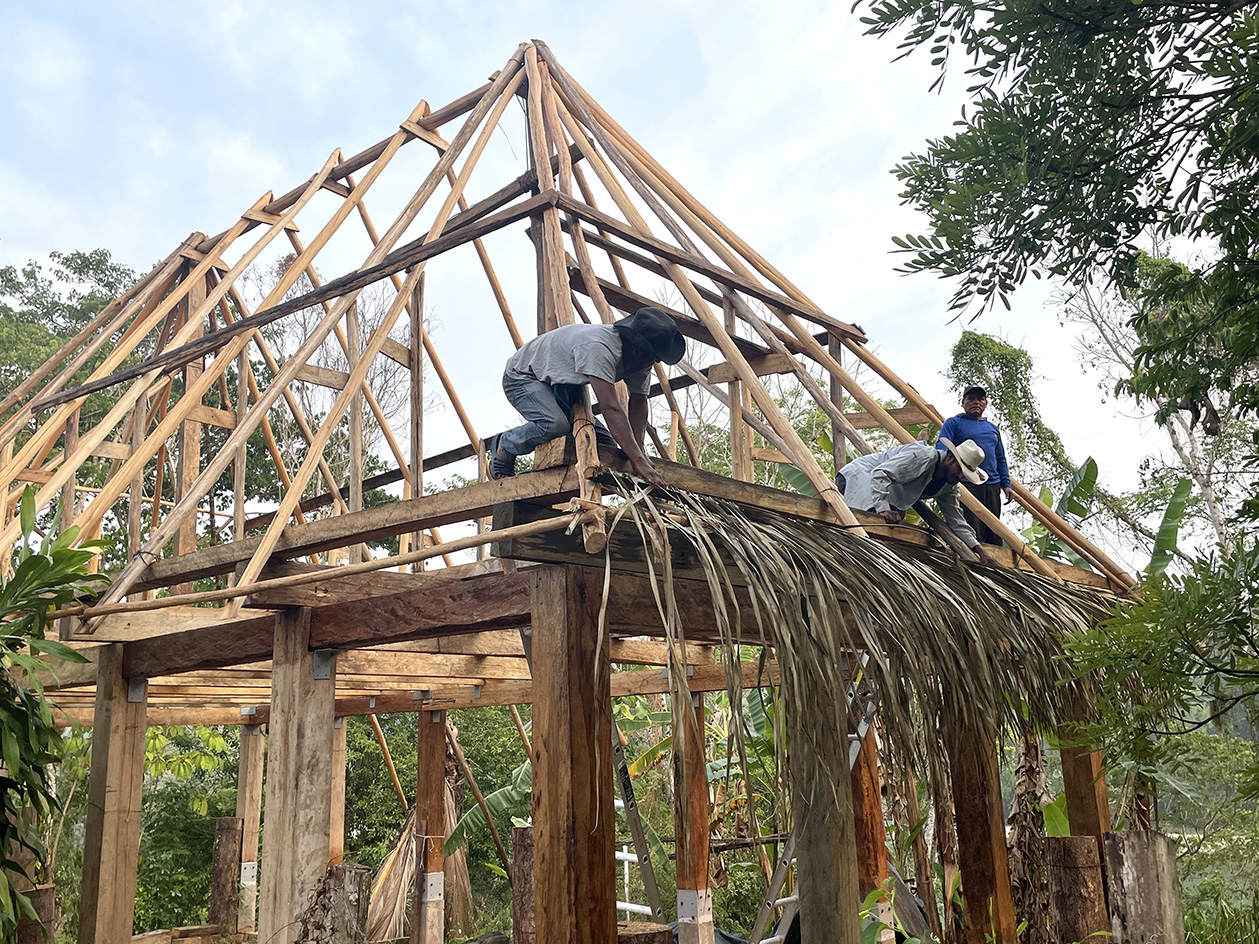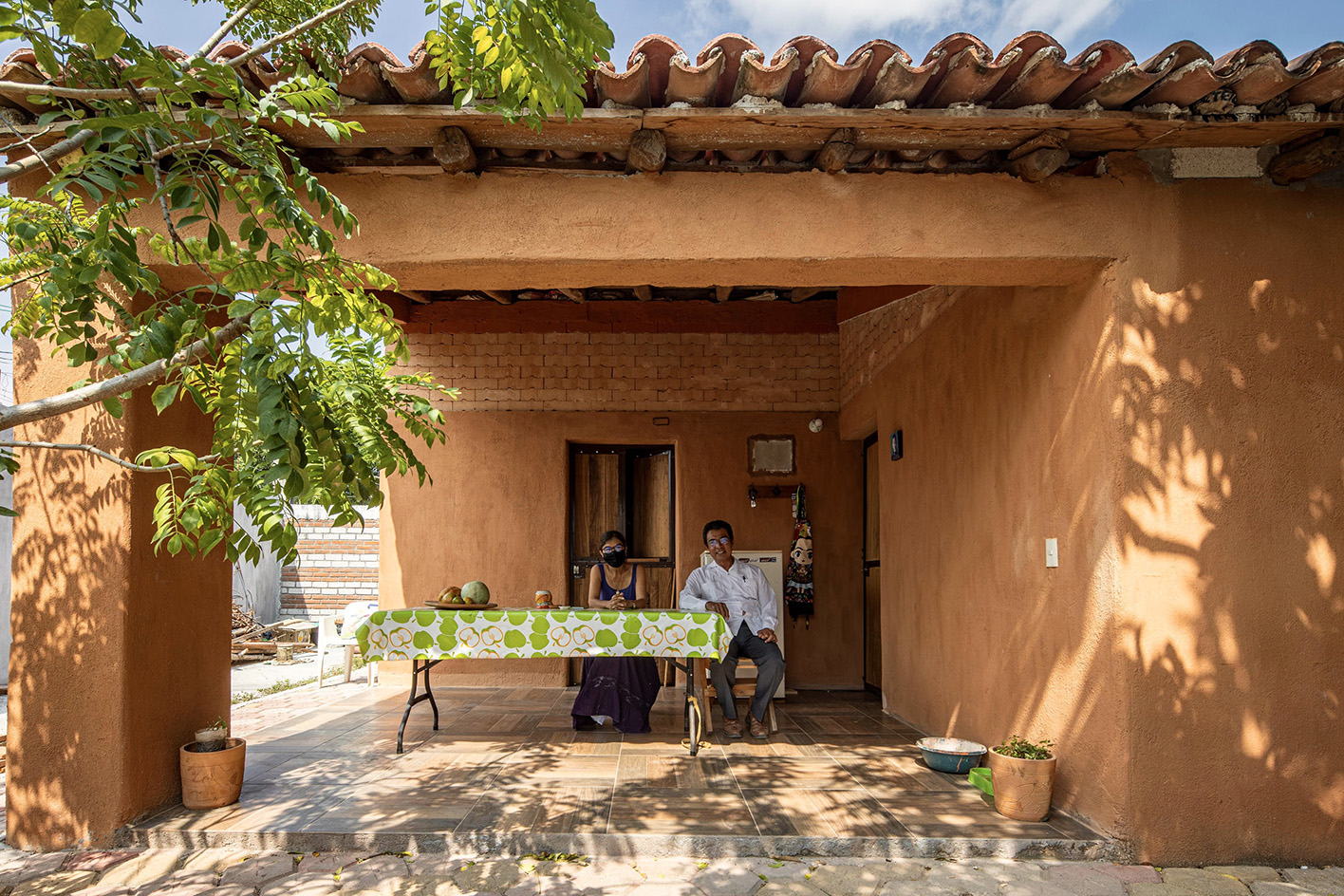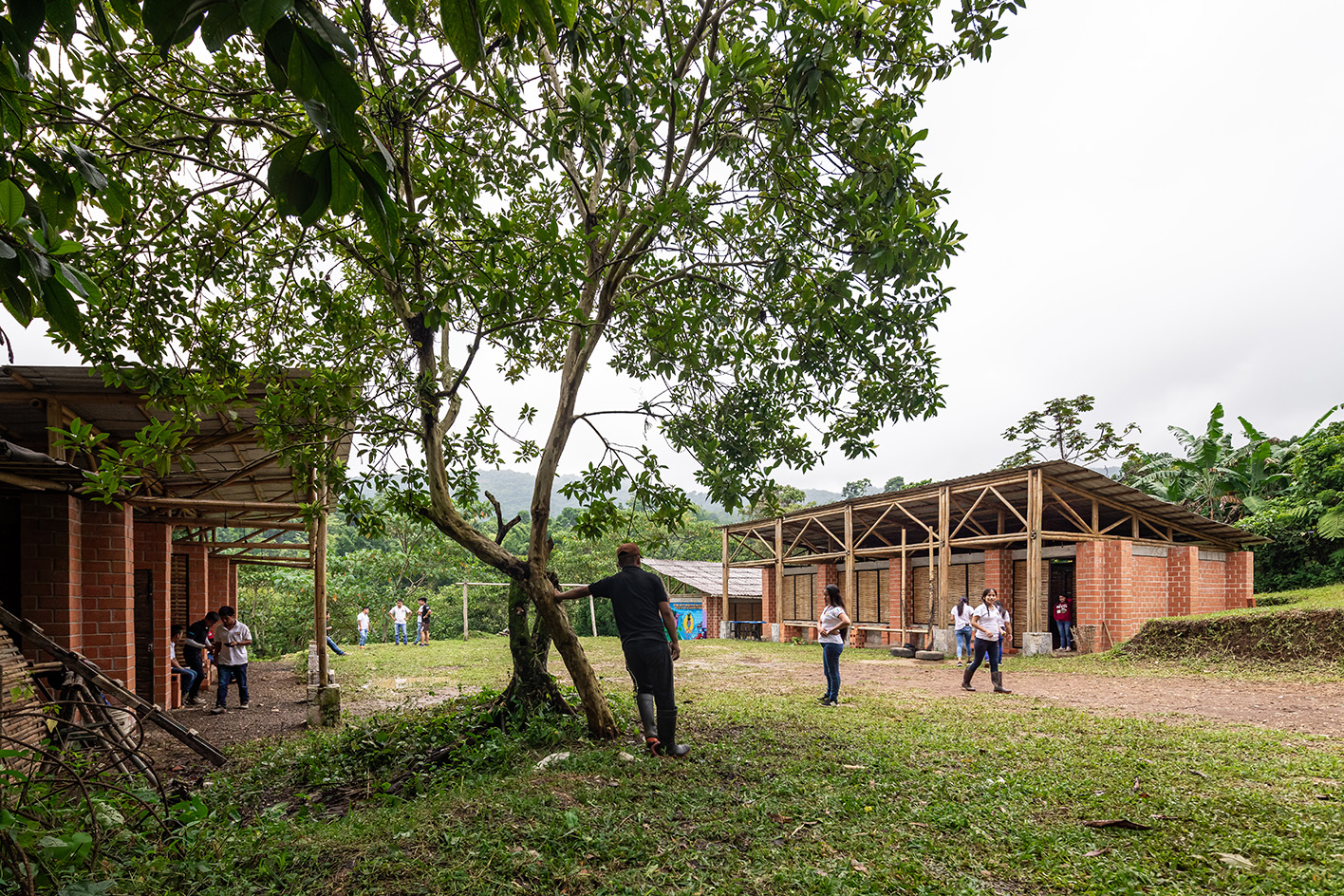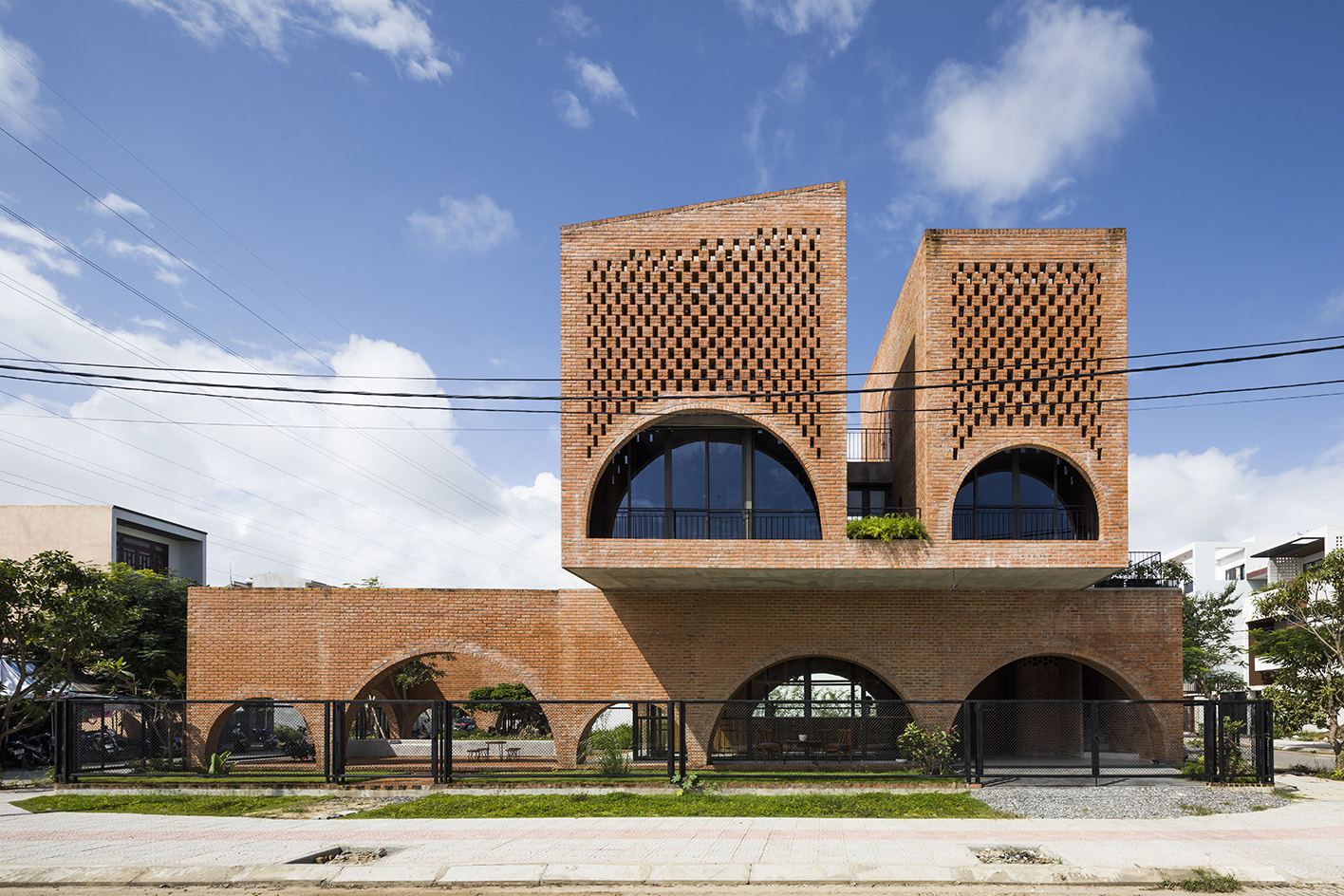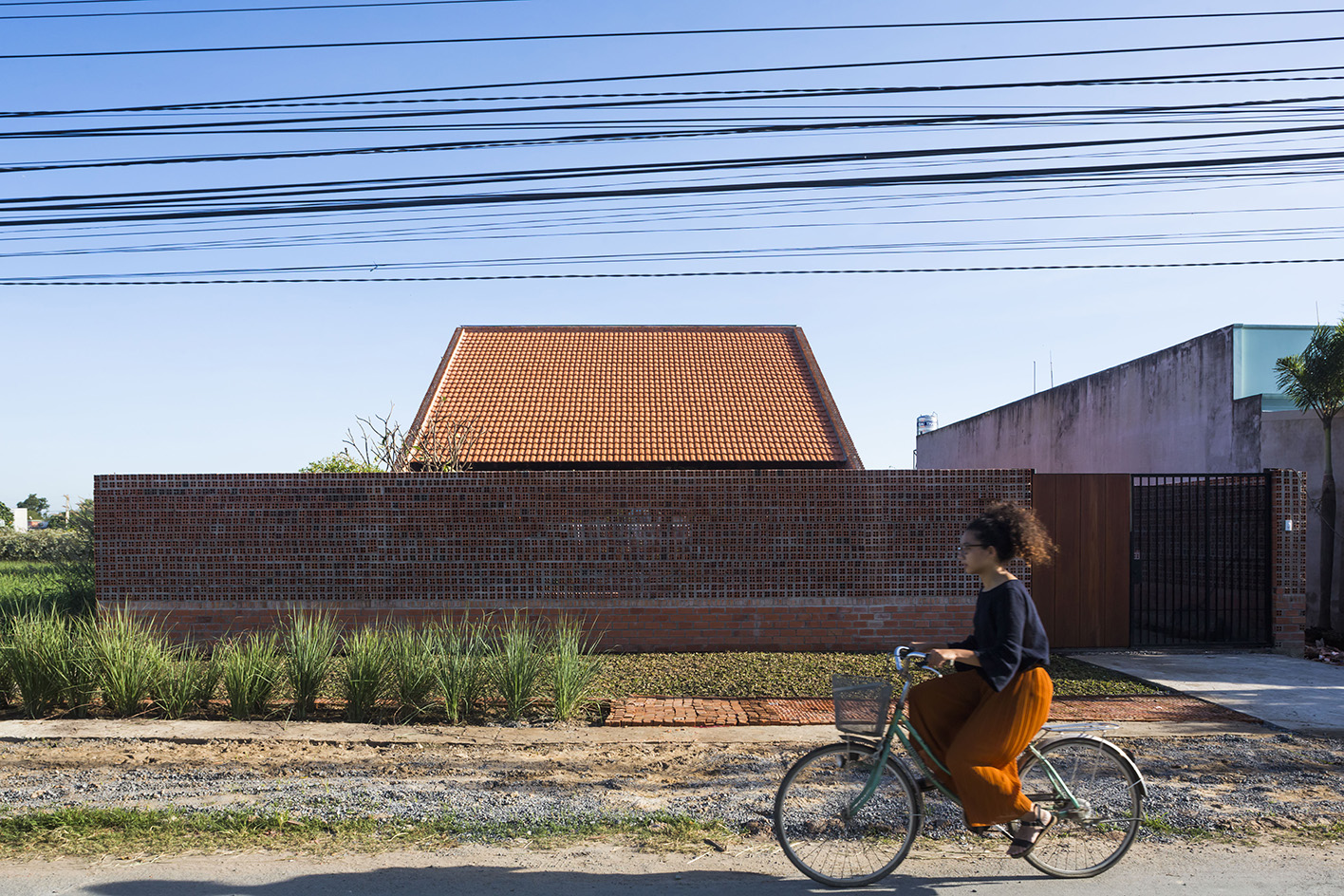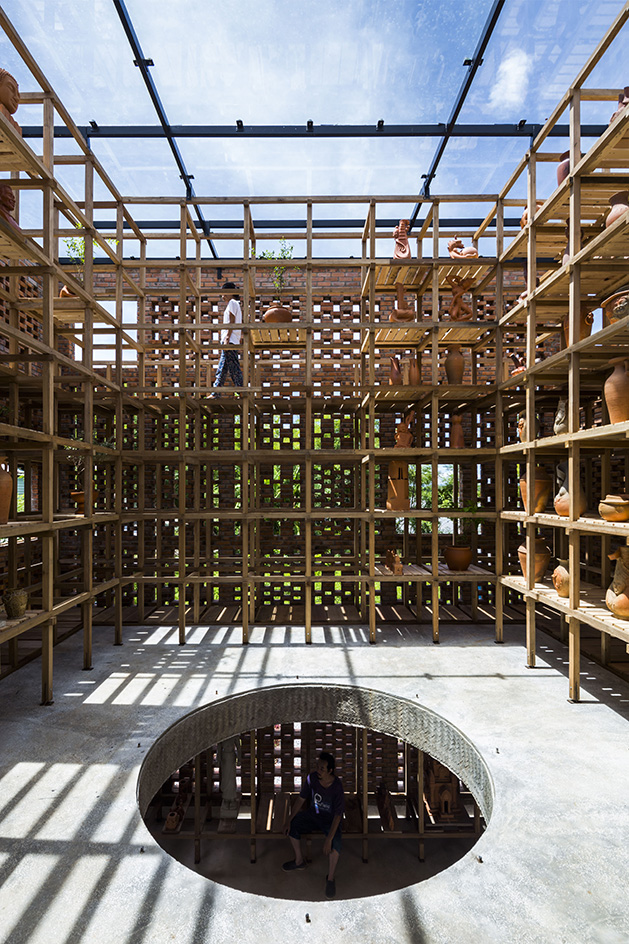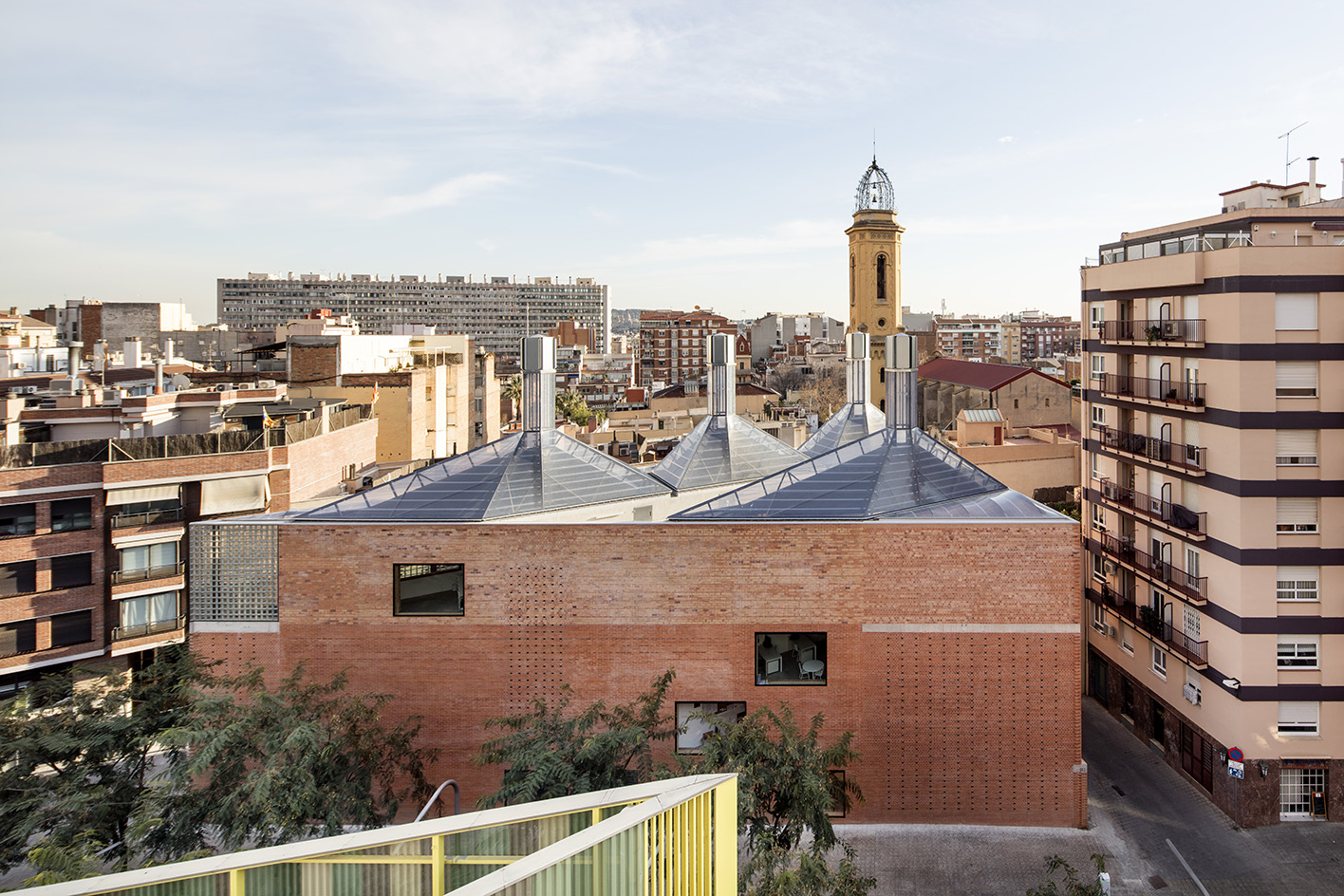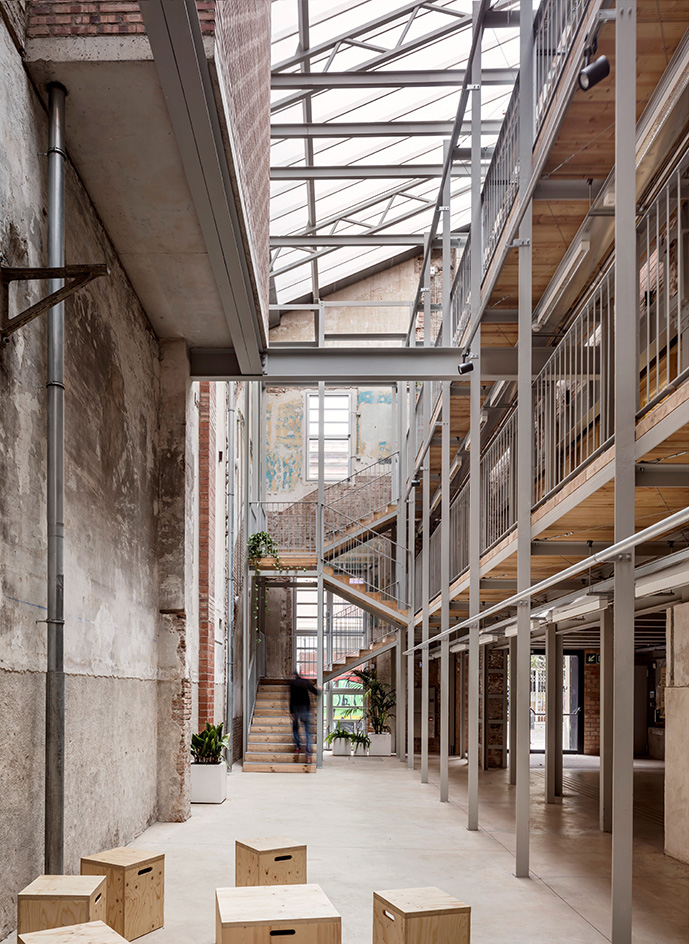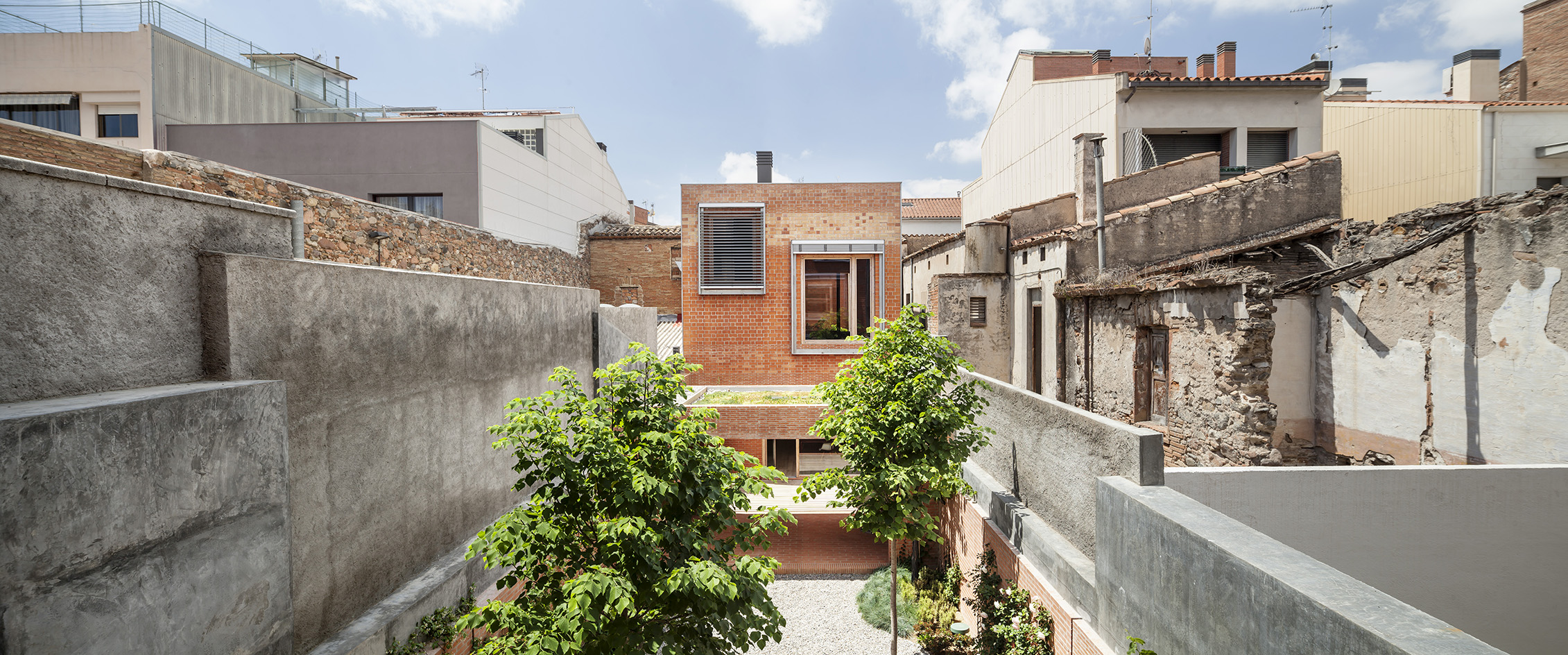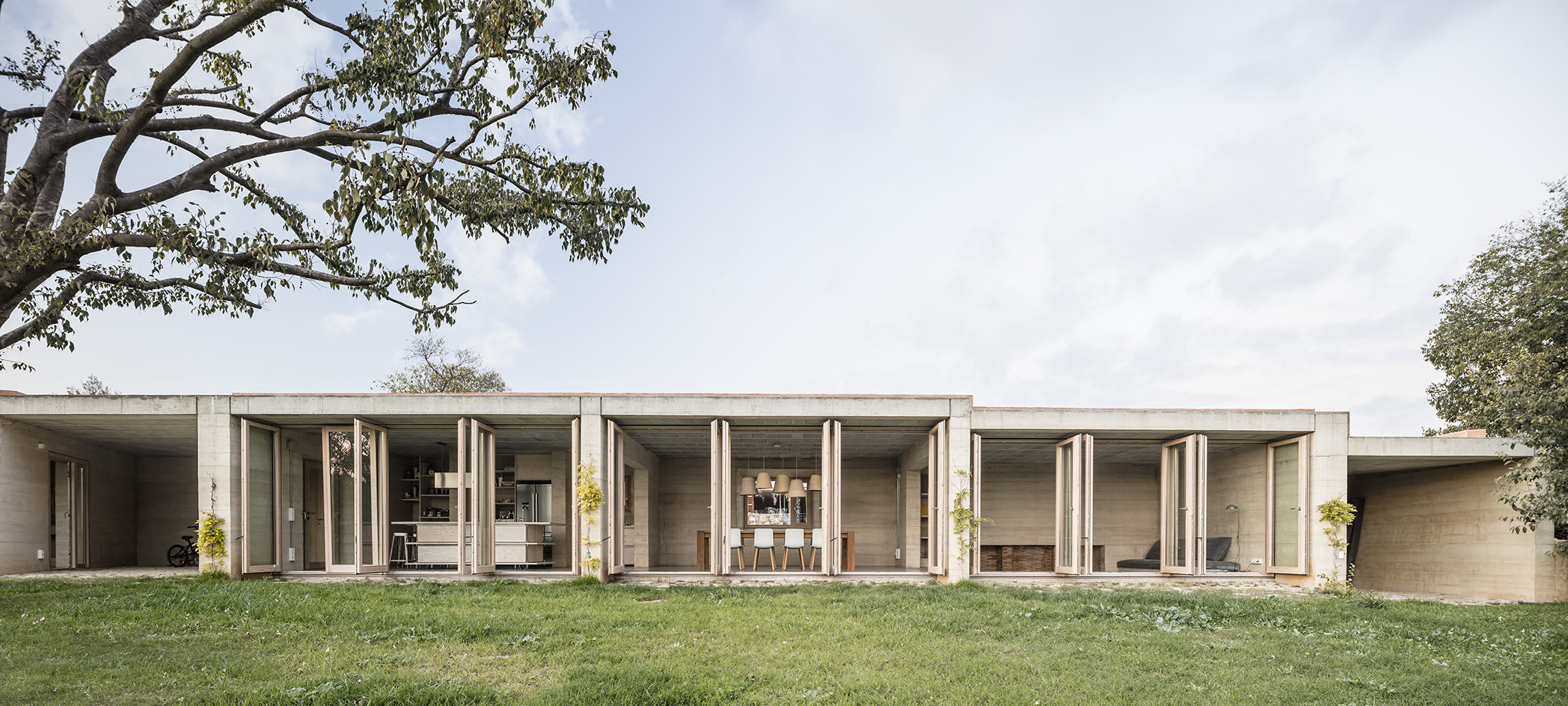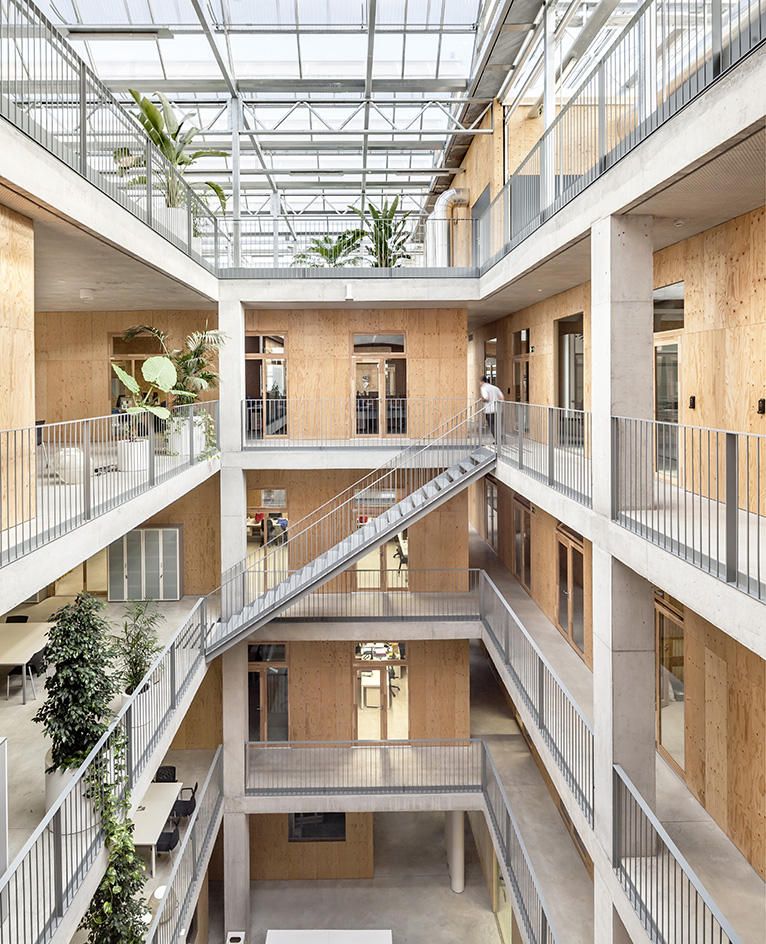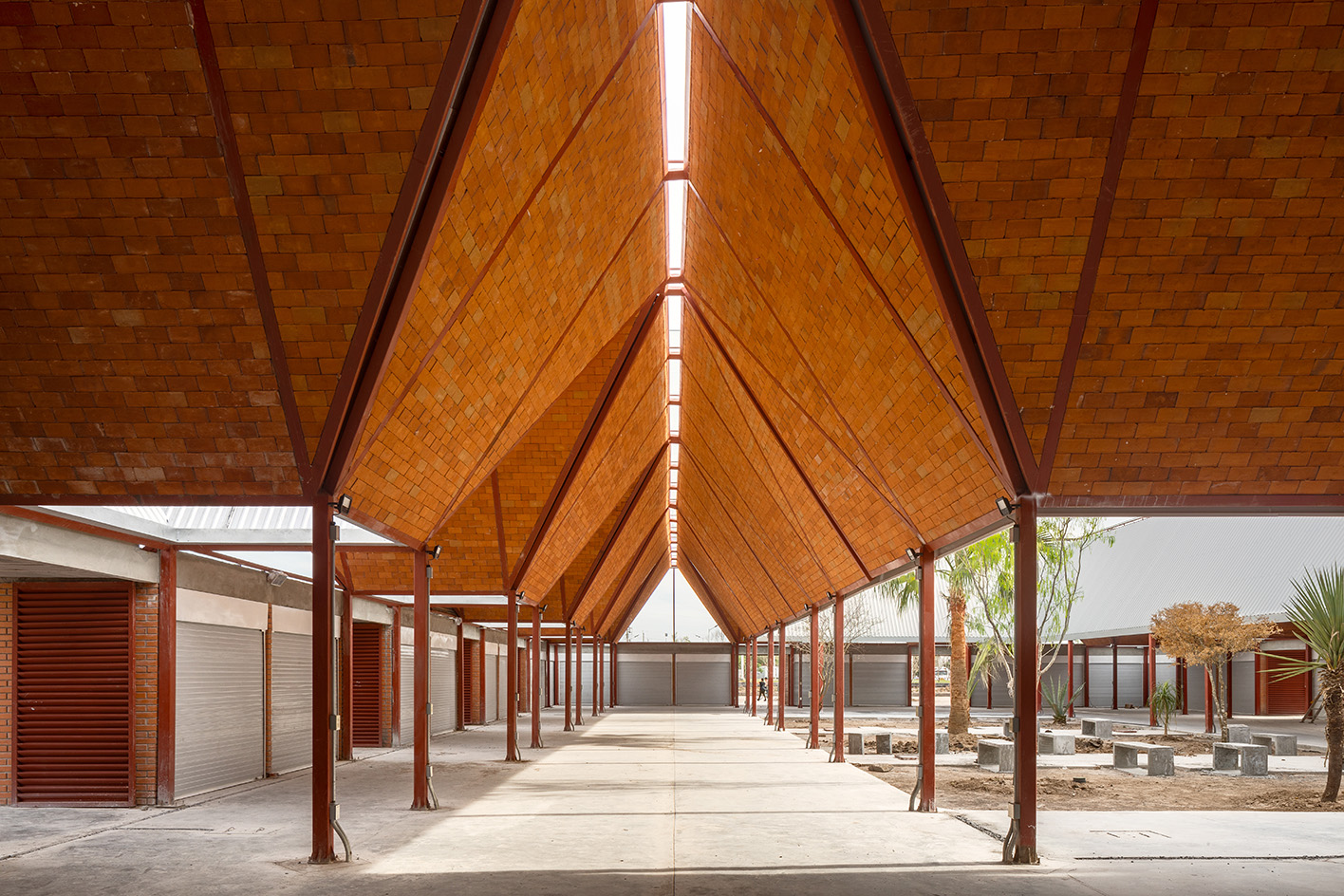
The Royal Academy Dorfman Award 2023 winner has been announced – with Mexico’s Taller Gabriela Carrillo claiming the top spot at a ceremony this evening (2 November), during the annual Royal Academy Architecture Awards Week. The programme's festivities allow the public to learn more about the Dorfman's shortlisted studios, as well as attend a lecture by 2023 Royal Academy Architecture Prize winner, the Irish architect Shane de Blacam, which took place on the premises earlier in the week.
Royal Academy Dorfman Award 2023: the winner
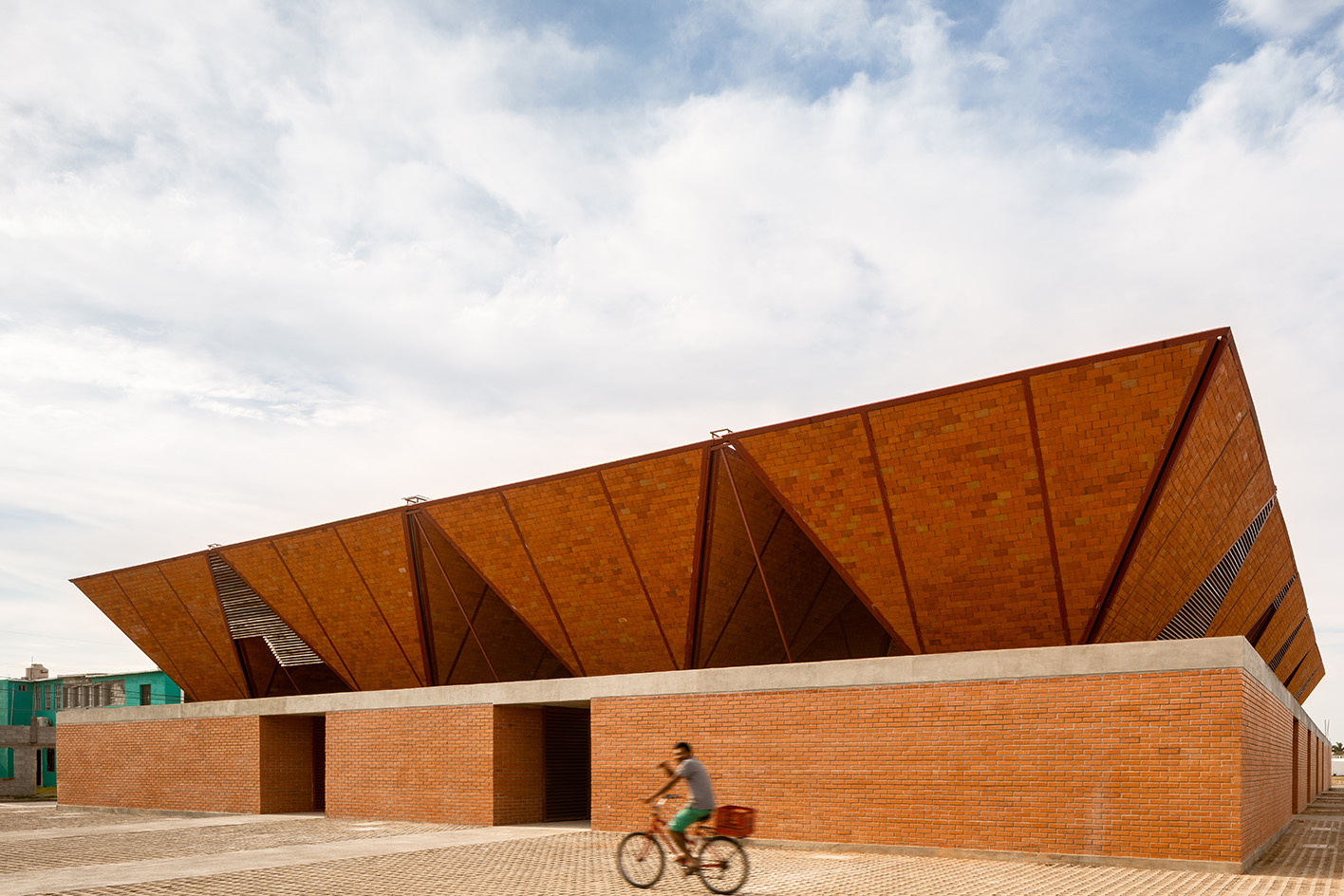
This evening's prizegiving ceremony means Taller Gabriela Carrillo will receive the £10,000 Dorfman Award, which is supported by the event's founding partner, The Dorfman Foundation. Carrillo – whose portfolio spans museums, hotels, residential and community projects – set up her own studio in 2017, after making partner at the practice of Mauricio Rocha. She is also the co-founder of a collective, C733, which focuses on public projects. ‘I am in love with my work,’ she told Wallpaper* in a 2021 interview. ‘I grew up in a country which is always in crisis, so I love to translate this into opportunities. [I am] always thinking of the future.’
Royal Academy Dorfman Award 2023: the shortlist
Alongside Taller Gabriela Carrillo, the shortlisted studios for this year's prestigious accolade included Comunal (Mexico), Harquitectes (Spain), and Tropical Space (Vietnam). The four nominees for the 2023 Royal Academy Dorfman Award offered a presentation of their work at the special evening event, ahead of the unveiling of the overall winner.
Vicky Richardson, head of architecture and Heinz curator at the Royal Academy, said: 'The RA Architecture Prize is a chance to discover the work of an architect whose dedication to practice has been sustained and inspirational. Shane de Blacam’s buildings show us the power of architecture to bring people together in spaces that are generous and beautiful. The RA Dorfman Award finalists each represent distinct approaches to some of the most pressing challenges of our time, from climate change to socially produced habitats.'
